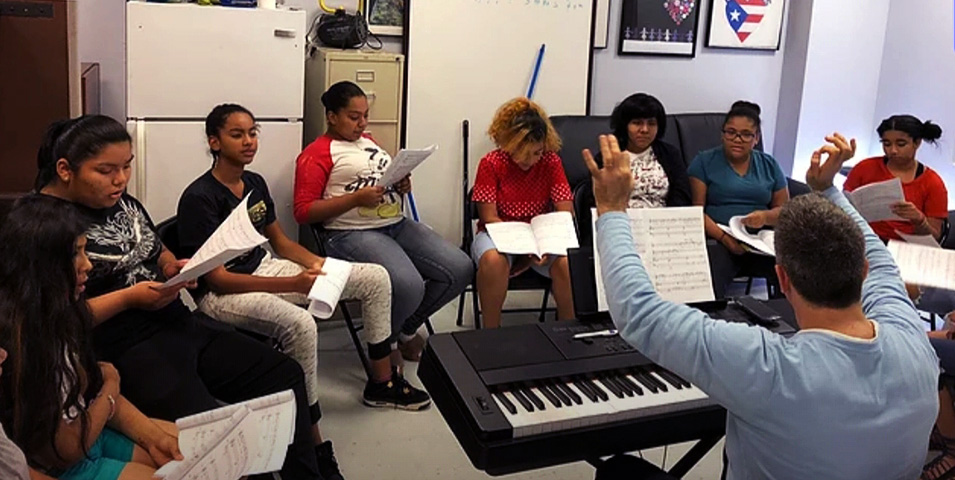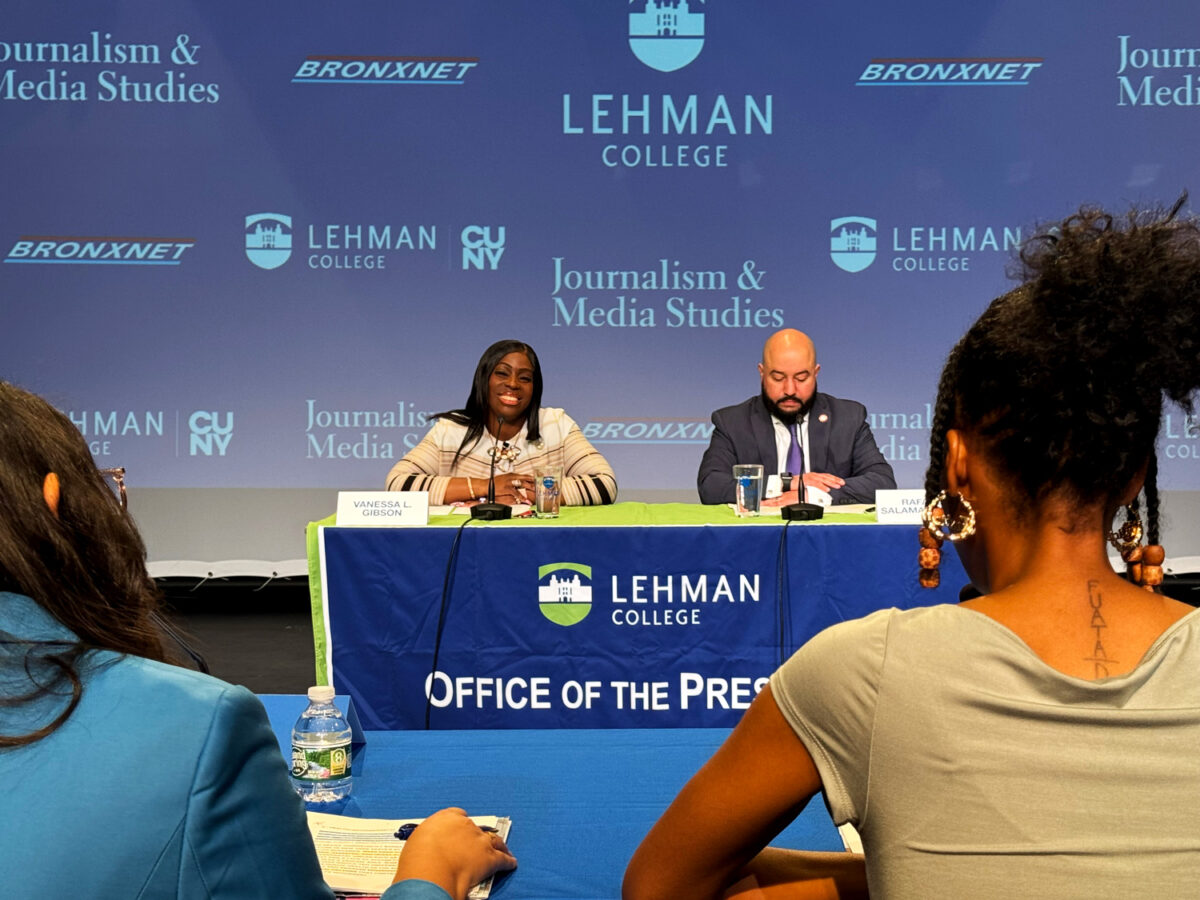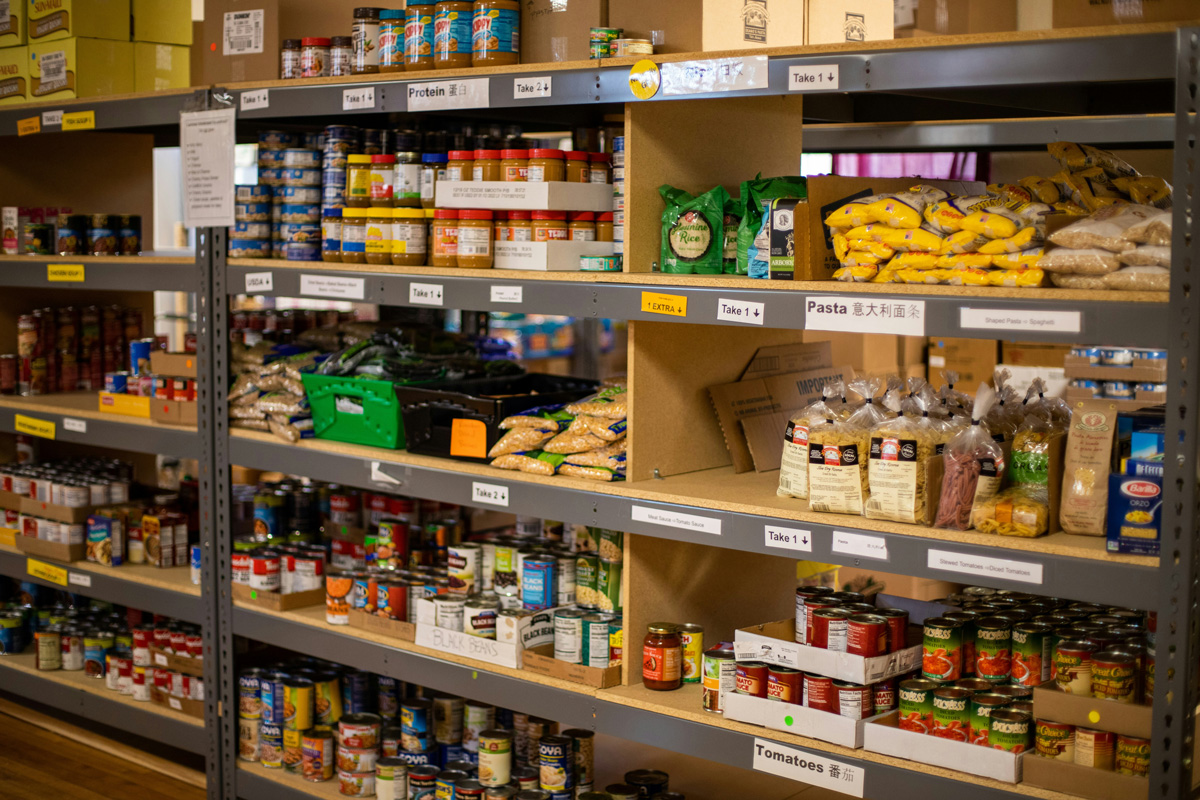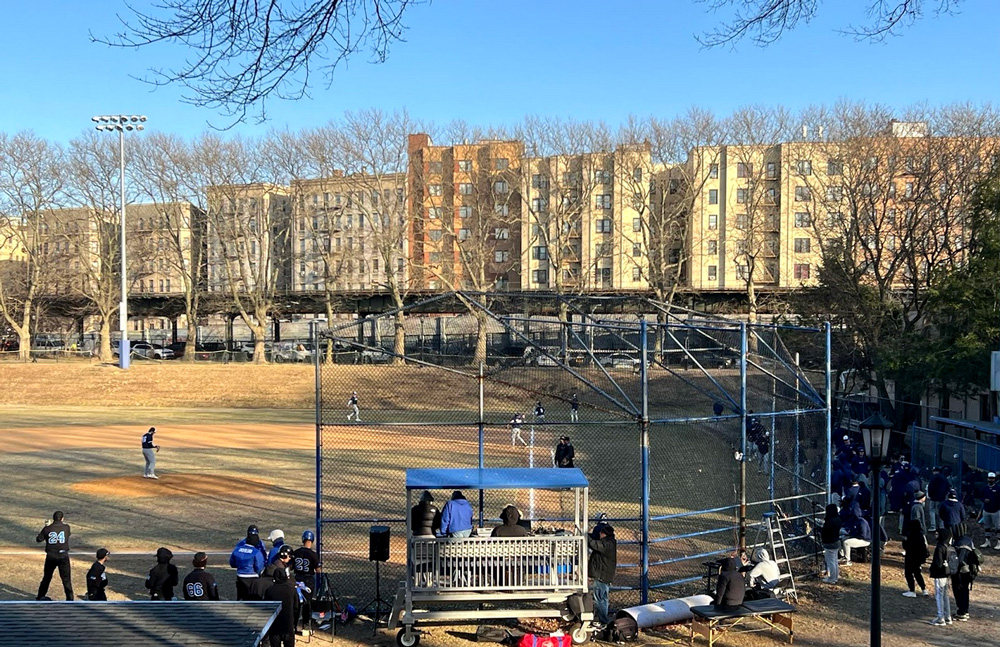By Anyaris Rivas
In New York City 20.9 percent of Latina teens have seriously considered suicide and 13.1 percent attempted suicide in 2017, according to the Center for Disease Control and Prevention’s Youth Risk Behavior Survey released in June 2018. In the Bronx, almost one in four Latinas consider suicide and nearly 48 percent report feeling sad or hopeless, according to the CDC. Suicide is the second leading cause of death for Latinas in the state.
Latinas face a particular set of challenges: assimilation in a new culture, bullying in school, living in poverty, and cultural mores around gender roles. Many are immigrants who find that their adopted country is isolating. Often Latinas are subject to adult stressors. Some are faced with the deportation of their parents, forcing them to take on responsibilities. In school, language barriers may lead to bullying.
Financial stress is common as many are living in poverty. According to the NYC Opportunity 2018 Poverty Report, 23.9 percent of Latinos and Hispanics were living in poverty in 2016. Immigration status may prevent Latinas from seeking out certain jobs. In addition, many in the Latino community still hold traditional beliefs about male and female roles. Some believe women should be submissive and hyper-feminine, while the men are dominant and macho. In extreme cases, this can lead men to assume this gives them license to be sexually abusive.
Treatment of mental health issues can be prohibitively expensive for working-class New Yorkers, according to “Thrive NYC,” the mayor’s initiative on mental illness. “Life is Precious” (LIP), a program created by non-profit Comunilife, tries fill that gap by providing support and counseling to young Latinas who have thought about or tried to commit suicide. Participants can attend session in Communilife offices in Queens, the Bronx, Brooklyn, and Upper Manhattan. LIP is also in schools in Washington Heights and Inwood.
LIP was created by Communilife President Rosa Gil in 2009. “People tend to thrive and heal better if, in their process of recuperation, they are in their communities,” she says. The program bills itself as bilingual, bicultural, created by Latinas for Latinas.
In 2018, about 115 Latina teens ages 12 to 17 participated in the Life is Precious program after school and on Saturdays. Most of them present tendencies that can lead to depression and anxiety. LIP also deals with girls with a history of sexual abuse and drug or alcohol use. The program aims to decrease suicidal thinking and depression not only by helping the girls, but also by incorporating the entire family in their recovery. To date, none of the 300 participants have gone on to commit suicide.
“It is difficult for teen to express their feelings, so we are implementing creative arts,” said Beatriz Coronel, Life is Precious senior program Director. “We have visual arts. We have music where they are getting a complete music education.”
Program activities follow LIP’s philosophy “Survive, Thrive, Strive.” First, the program addresses survival by providing a safe supportive environment. Next through workshops on self-expression, field trip and creative arts, it tries to help participants develop their voice and talents. In other words, to go from surviving to thriving. Lastly it provides tools and training, such as computer classes and homework tutoring to help Latinas strive for brighter futures.
To be eligible for the Life is Precious program, the teens must be enrolled in school. They must also be under the care of a mental health provider with the permission of their parents. The personal information of the participants is completely confidential.
One of the barriers for Latinas is that there is a stigma in Hispanic and Latino communities around mental illness. Some believe seeking clinical support is only for very extreme cases.
Marisol Alcantara, a senator for the 31st District from 2017 to 2018, supports LIP and created the Law to Fight Suicide Epidemic among Latinos. Most schools in New York City have a security officer, says Alcantara, but lack social workers. The law requires the state Department of Education to provide educators resources to teach students how to cope with depression and where to get help.
Here are some of the warning signs to look for, according to New York City Department of Health and Mental Hygiene:
The risk of suicide is greater if a behavior is new or has increased and if it seems related to a painful event, loss, or change.
- Talking about wanting to die or to kill themselves.
- Looking for a way to kill themselves, such as searching online or buying a gun.
- Talking about feeling hopeless or having no reason to live.
- Talking about feeling trapped or in unbearable pain.
- Increasing the use of alcohol or drugs.
- Acting anxious or agitated; behaving recklessly.
- Sleeping too little or too much.
- Withdrawing or isolating themselves.
- Showing rage or talking about seeking revenge.
- Displaying extreme mood swings.


















Larry Kingsbury | February 26, 2020
|
I met Darla, a Latina from the Bronx in September of 1970, almost 50 years ago. I suspect that she had aged out of foster care. She had been accepted at Jamestown (NY) Community College, yet did not become an official student because of a lack of money. She met my friend Ron on campus and that is how I met Darla. She had a demure about herself. She never spoke to me and only spoke to Ron. We, the three of us, attend church services together twice, went to the movies twice and took a drive in the countryside to see fall colors. Other than those activities, I hardly knew her, and she never once spoke to me or said my name. I once asked her what her surname was and she had a spontanious panic and would only speak to Ron in a whisper. The sad part of this story is that by December, four months after arriving to Jamestown she suicided by jumping off a high bridge into the cold icy river. I only knew her as Darla, and I never knew her surname.